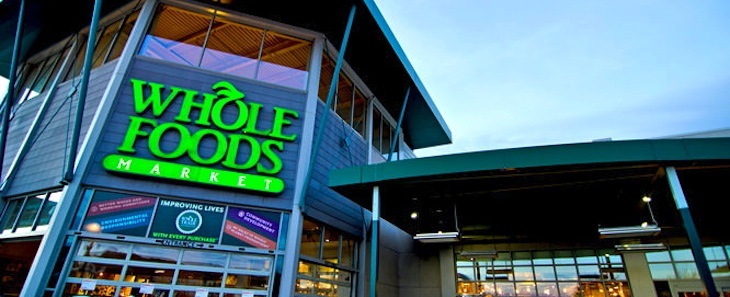Amazon plans for Whole Foods include lower prices, expanded product access
by August 25, 2017 11:23 am 505 views

A day after Amazon obtained federal approval to move forward with the acquisition of Whole Foods the tech giant announced a few plans that will begin Monday (Aug. 28) for consumers in the 460 markets where Whole Foods is located.
Top of the list for Amazon is lowering prices on various products such as organic produce, fish and eggs. Amazon said a major goal is to make the wholesome organic foods at Whole Foods more affordable for a wider demographic. It remains to be seen how this might impact suppliers to Whole Foods who tend to be smaller, family operations and cooperatives.
“We’re determined to make healthy and organic food affordable for everyone. Everybody should be able to eat Whole Foods Market quality — we will lower prices without compromising Whole Foods Market’s long-held commitment to the highest standards,” Jeff Wilke, CEO of Amazon Worldwide Consumer, noted in a statement.
Amazon will begin an online offering of Whole Food’s private label products including 365 Everyday Value, Whole Catch, Whole Foods Market and Whole Paws through Amazon Prime Pantry, Prime Now, AmazonFresh and Amazon.com. Amazon will also install its locker in select Whole Foods locations to expand that footprint. The lockers are used by customers as a pickup option for orders online. The lockers can also be used to return a product to Amazon.
“By working together with Amazon and integrating in several key areas, we can lower prices and double down on that mission and reach more people with Whole Foods Market’s high-quality, natural and organic food. As part of our commitment to quality, we’ll continue to expand our efforts to support and promote local products and suppliers. We can’t wait to start showing customers what’s possible when Whole Foods Market and Amazon innovate together,” said John Mackey, CEO and co-founder of Whole Foods Market.
Amazon also plans to integrate the databases of Whole Foods’ customer rewards program with its Prime membership. Once the technical integration is complete, Amazon said Prime Members will be able to capture special savings and other in-store benefits when they shop Whole Foods Market.
Retail insiders say this play by Amazon was “smart” on many levels and the one thing Amazon and Whole Foods have in common their customers tend to be loyal.
“Overall, Amazon is emerging as a dominant force in grocery. There are two side effects: One, it is bringing lower-priced organics to new customers who would not shop at Whole Foods because it costs too much or because there is no Whole Foods near them; and two, it is increasing the popularity and sales of private label products,” John Karolefski, of CPGMatters, recently noted on the RetailWire blog site.
Neil Saunders, managing director of GlobalData, also noted in the blog that Amazon won’t become a dominant force overnight as their combined market share is still small compared to Wal-Mart and Kroger.
“What is clear, however, is the trajectory. Amazon will use Whole Foods as a springboard for growth in grocery, perhaps using the 365 brand in its own online offering, perhaps increasing its delivery capabilities, perhaps adjusting the Whole Foods pricing model. Over time it will likely succeed,” he predicted.
